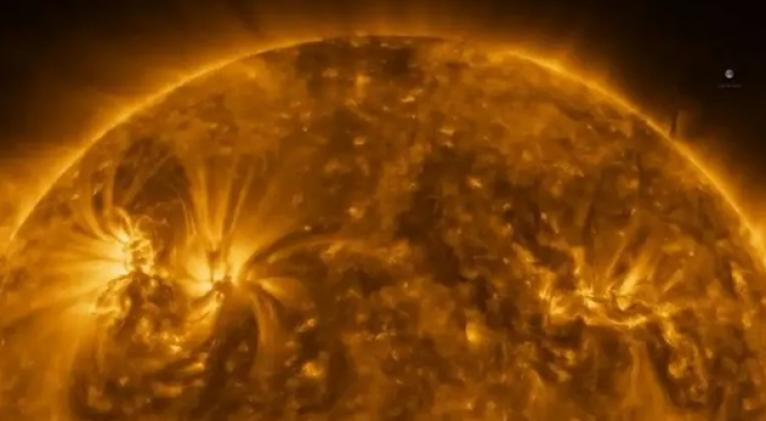
USA, Oct 27.- Studies by NASA and the University of Warwick reveal that the life cycle of the Sun will end in about 5 billion years.
When hydrogen, the fuel that drives nuclear reactions in the core of the Sun, runs out, it will collapse, becoming first a red giant and finally a white dwarf: an extremely dense and hot remnant, much smaller than its current size.
During this period, darkness and cold will reign in the solar system, disturbing the nature of the planets that were not destroyed.
“Once the Sun becomes a white dwarf, the Earth will gradually shrink in size and will glow dimly for billions more years,” the agency explained.
The solar system will be plunged into darkness, reduced to a pale reflection of its splendor and will "engulf" its closest planets: Mercury and Venus, which will be consumed by its expanding atmosphere. Although the Earth will not be devoured, it will suffer devastating effects.
Scientists warn that intense solar winds will leave it without an atmosphere and cause its oceans to completely evaporate.
Thus, within about 5 billion years, forecasts indicate that the Earth will become an inhospitable and desolate place.
During the last billion years of its cycle, life on our planet will be impossible due to changes in solar radiation and stellar expansion.
Continued studies by NASA and other space agencies on similar stars help unravel these stellar processes and better predict the fate of the solar system, which also encourages the development of technologies with a view to exploring and possibly occupying other worlds. (Text and Photo: Cubasí)